For years, I thought this image was of a fireplace mantle and admired it for the swirly cutouts that softened the usual rectangle while maintaining a curious modernity. Then I looked closely and realized it is a table. No matter, the effect is the same. It’s an image from my file of wooden things quietly embellished with swirls, loops, curls, scallops. They give me ideas for my trove of uncut plywood.
Somehow they all seem to be a mix of primitive and modern, with a jazzy detail going on…
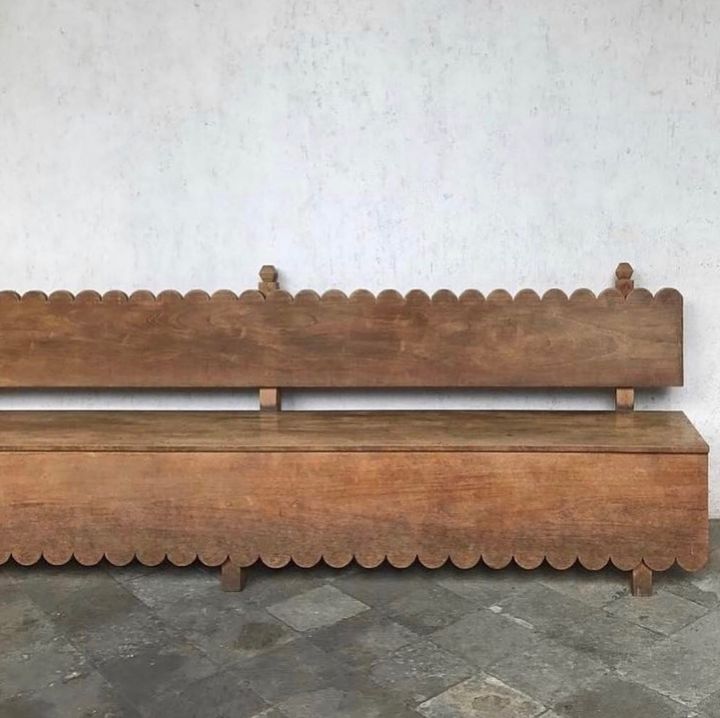
…
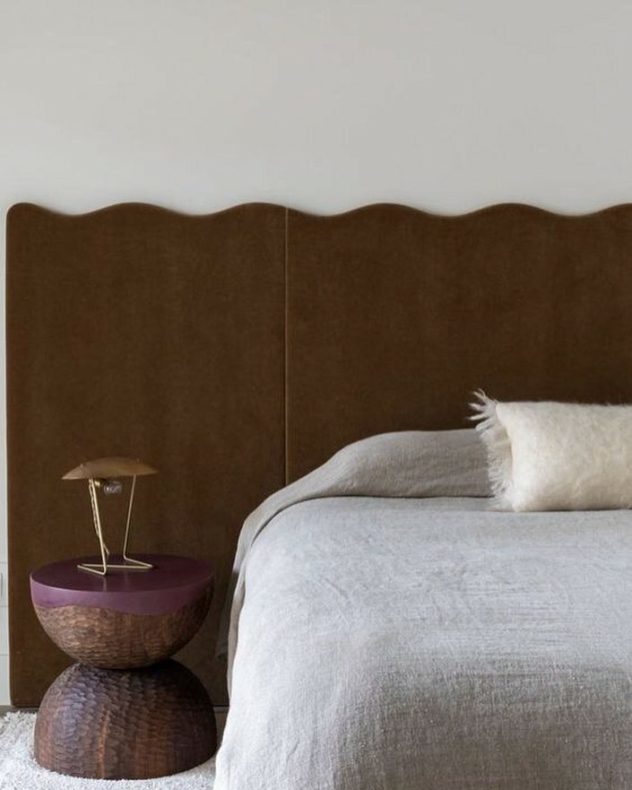
…
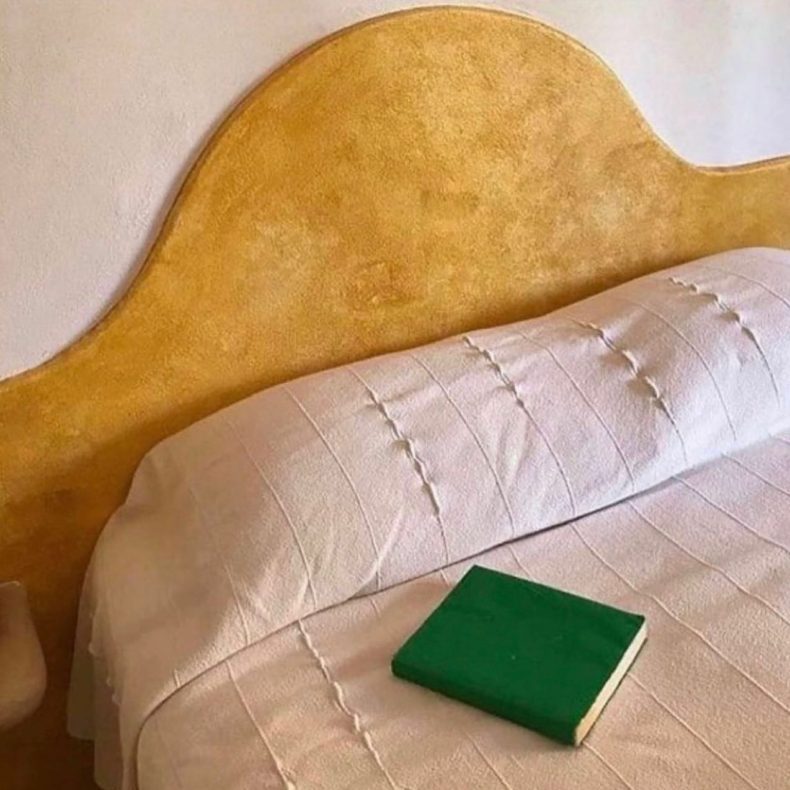
…
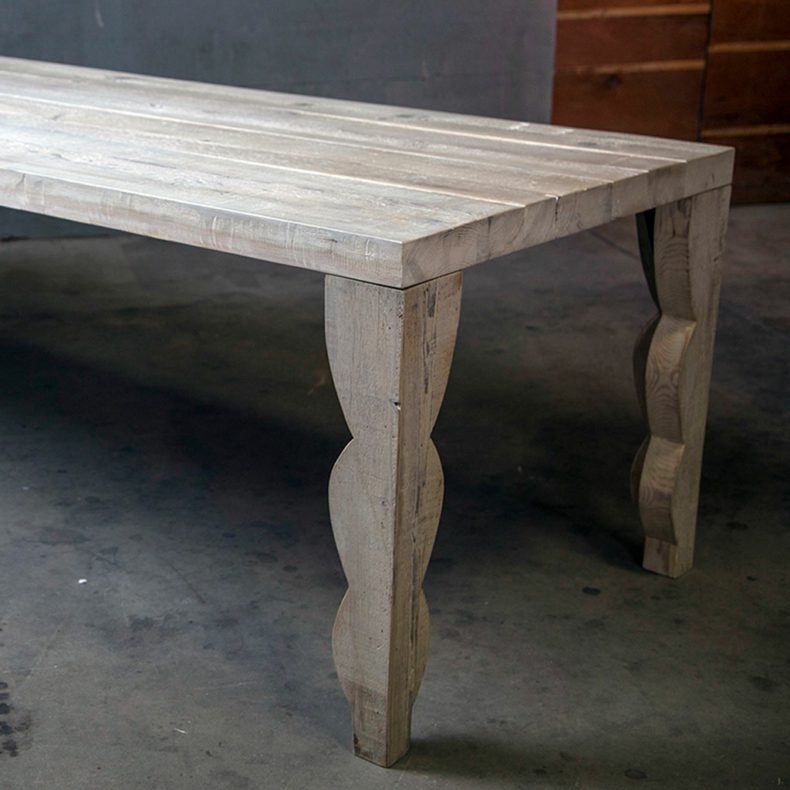
When I look at this cozy nook, I realize that it was created by tacking up sheets of wood or mdf that have been jigsawed and covered with wallpaper. ALL the images are basically just that: boards that have been cut with a jigsaw.

There’s tons of how-tos online for how to use a jigsaw, like this one showing how to cut out a plywood Christmas Tree. Same idea. Follow the directions using the pattern you want to cut out.
It’s not hard to do. Like anything, it takes practice.
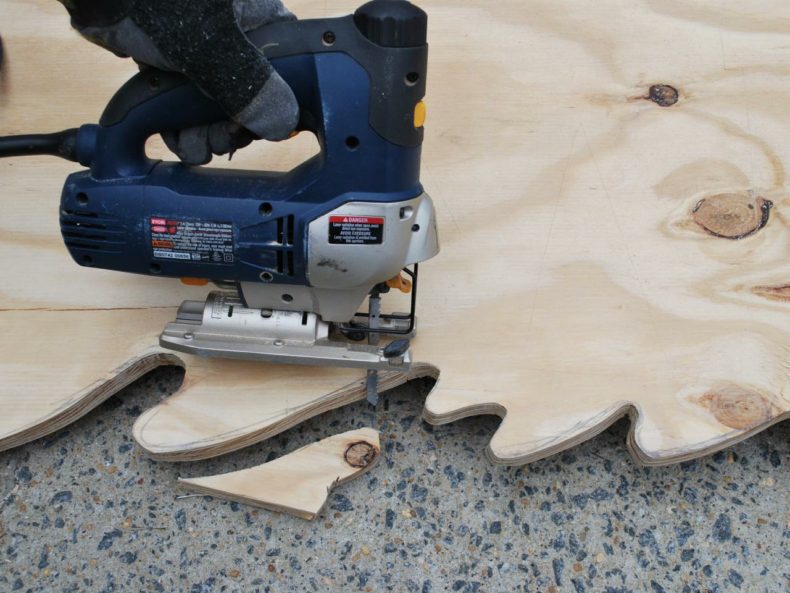
Kristi Linauer of Addicted 2 Decorating actually figured out how to make a table similar to the one at top using simple tools. She used bowls and cups to make her design.
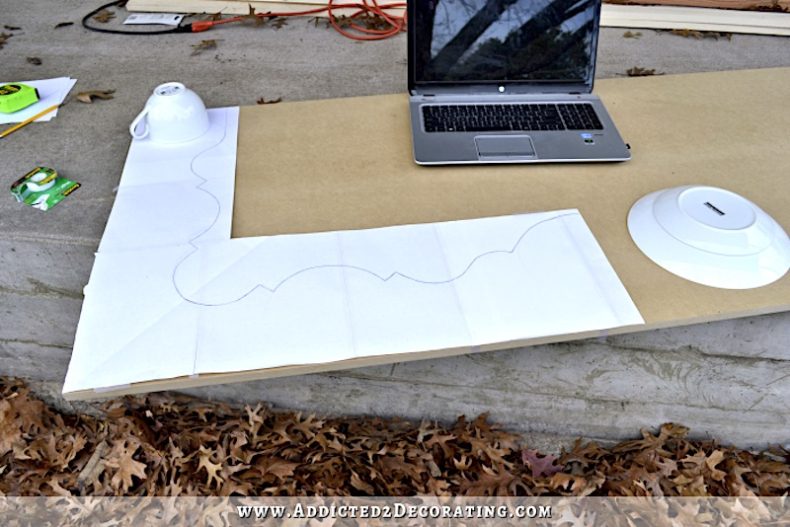
Once I started imaging jigsawing a slab of plywood, I cast about for what pattern I might make.
As if by magic —but it’s not magic, it’s how things work—, ideas began to present themselves…
….like the fabulously bold zigzag slabs that surround a door in Constantin Brancusi’s studio:
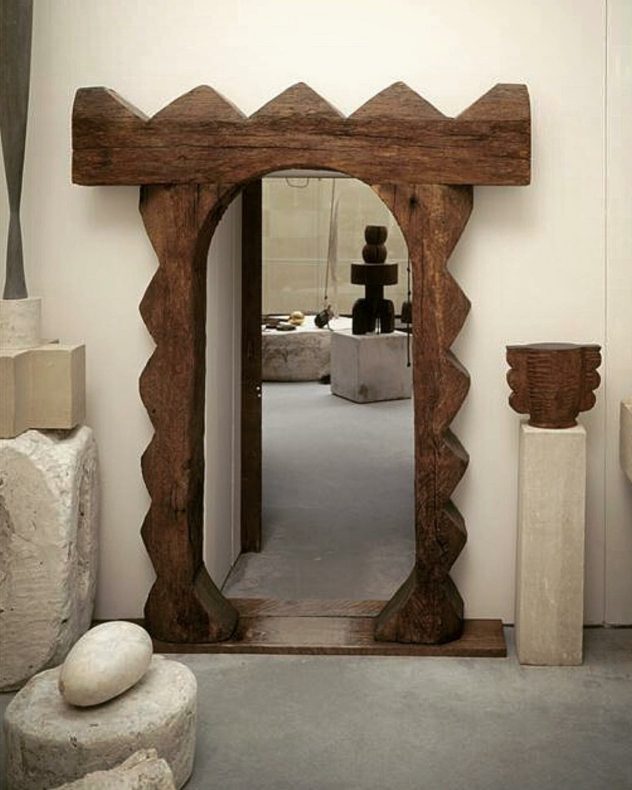
Karl Blossfeldt’s Fundamental Forms of Art yields mighty inspiration. He believed that in nature one finds the foundation of all forms and spent 30 years photographing flowers and plants. (Read more here.) What lovely scallops that flower has, with slightly curled points…
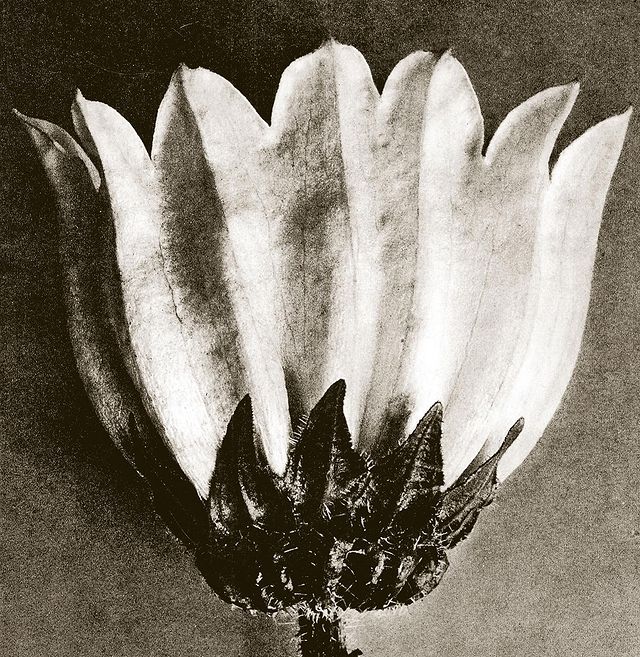
Karl Blossfeldt, 1929, “Urformen der Kunst”. Study of plants as art and architecture.
And then there is the great Margaret Bourke-White’s sublime parachute. (She made a book of them…)

Related Posts

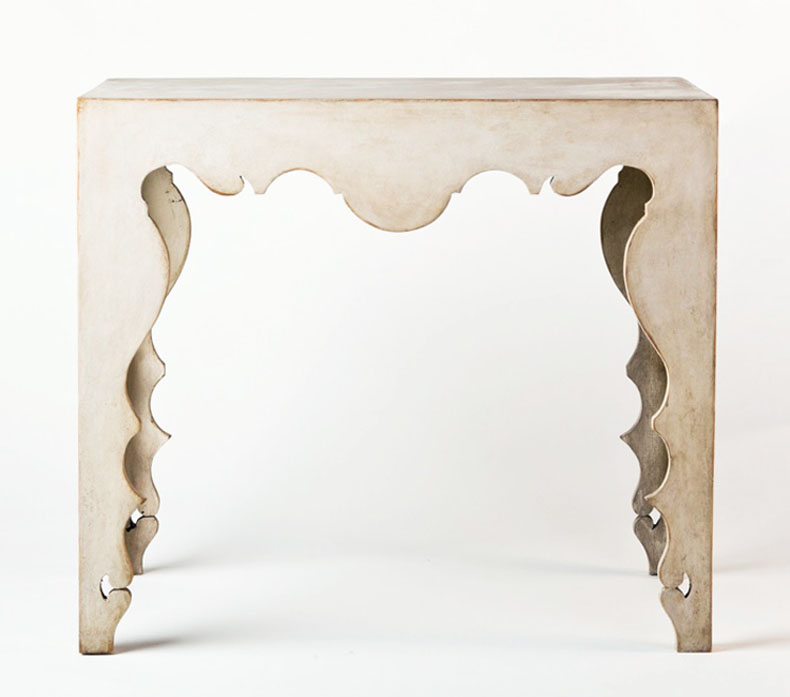
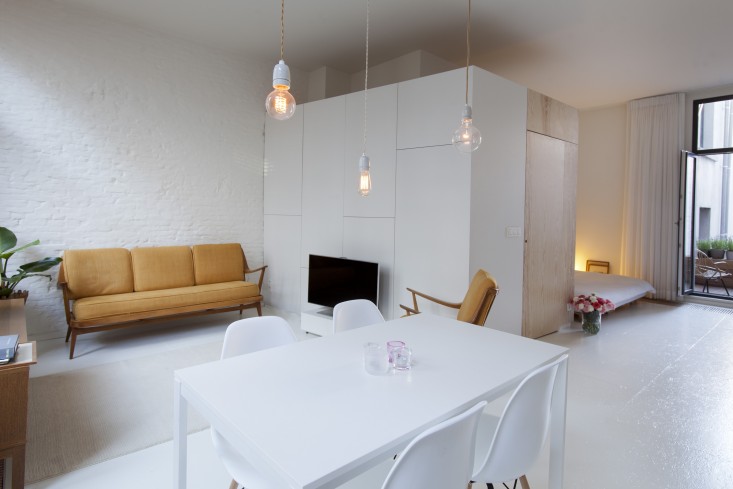
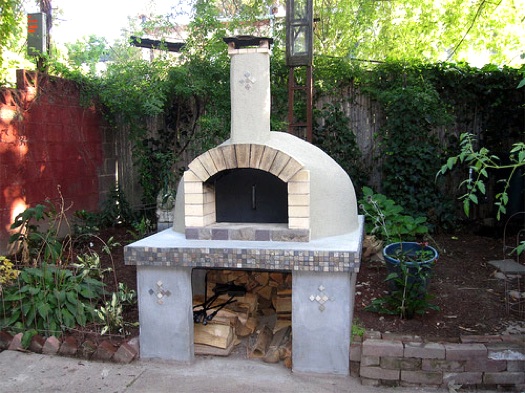
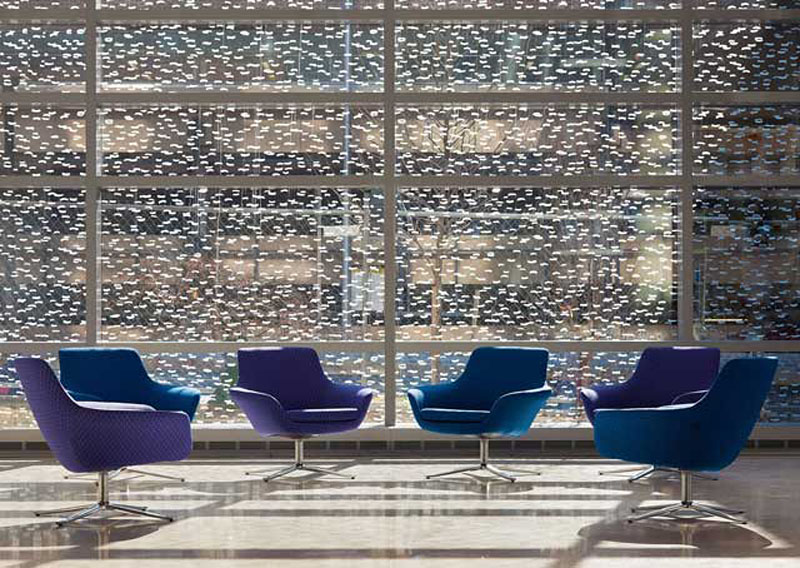
great idea. thank you.